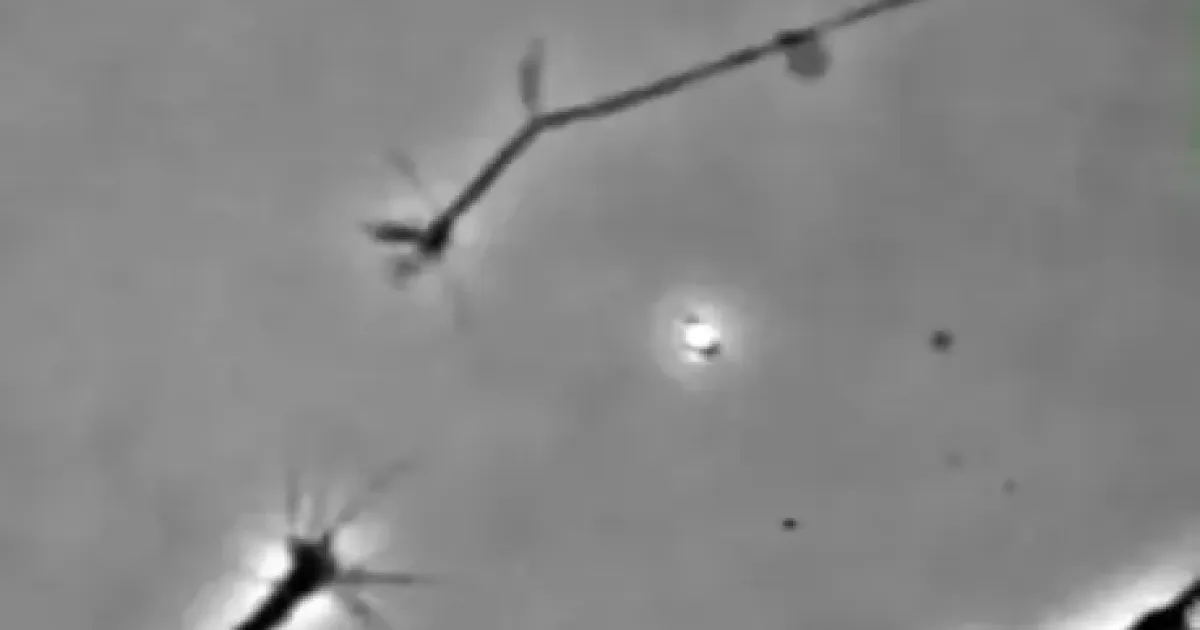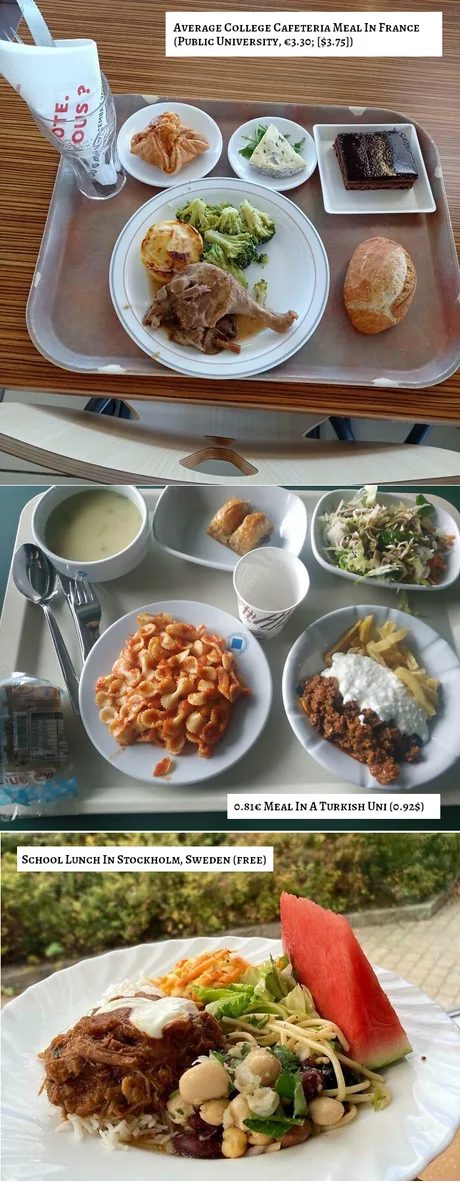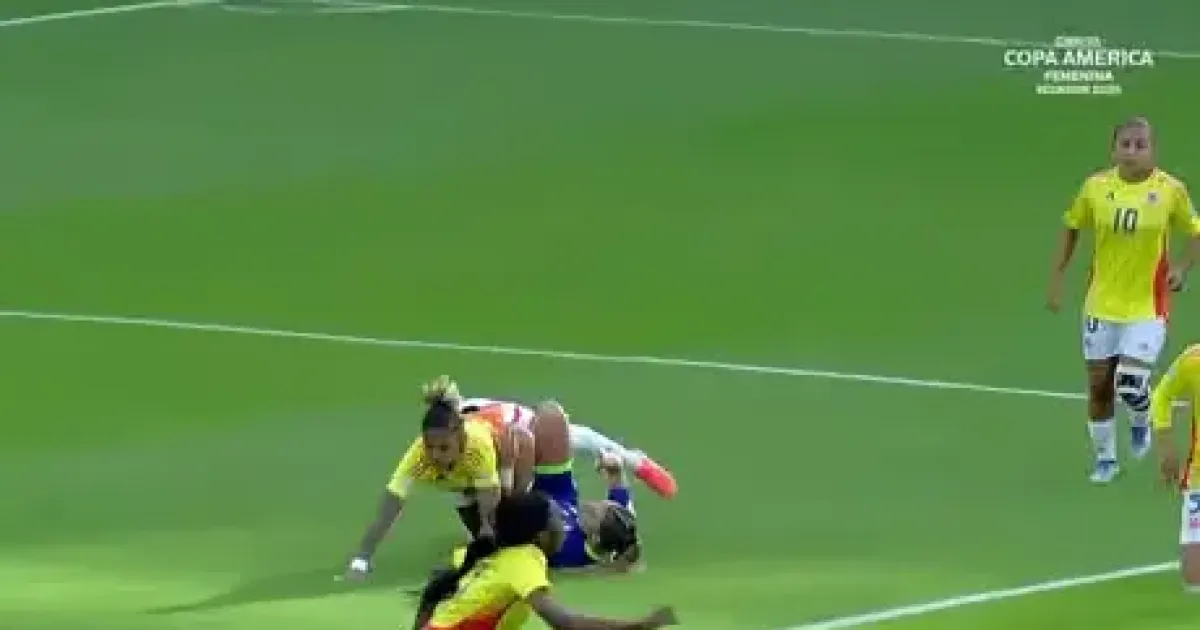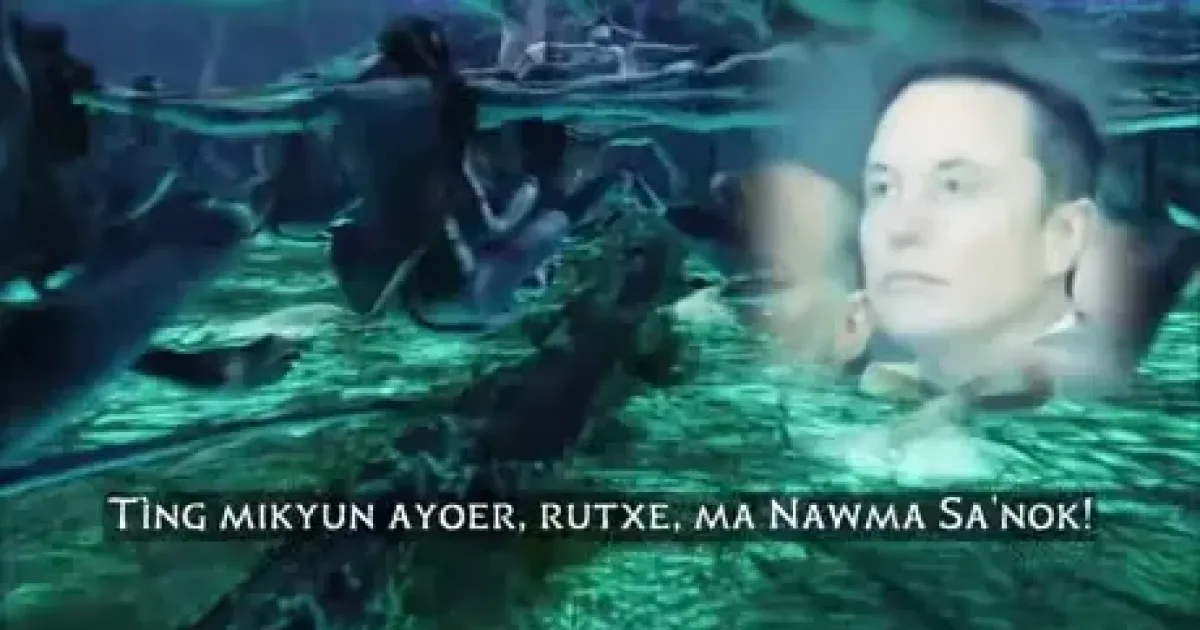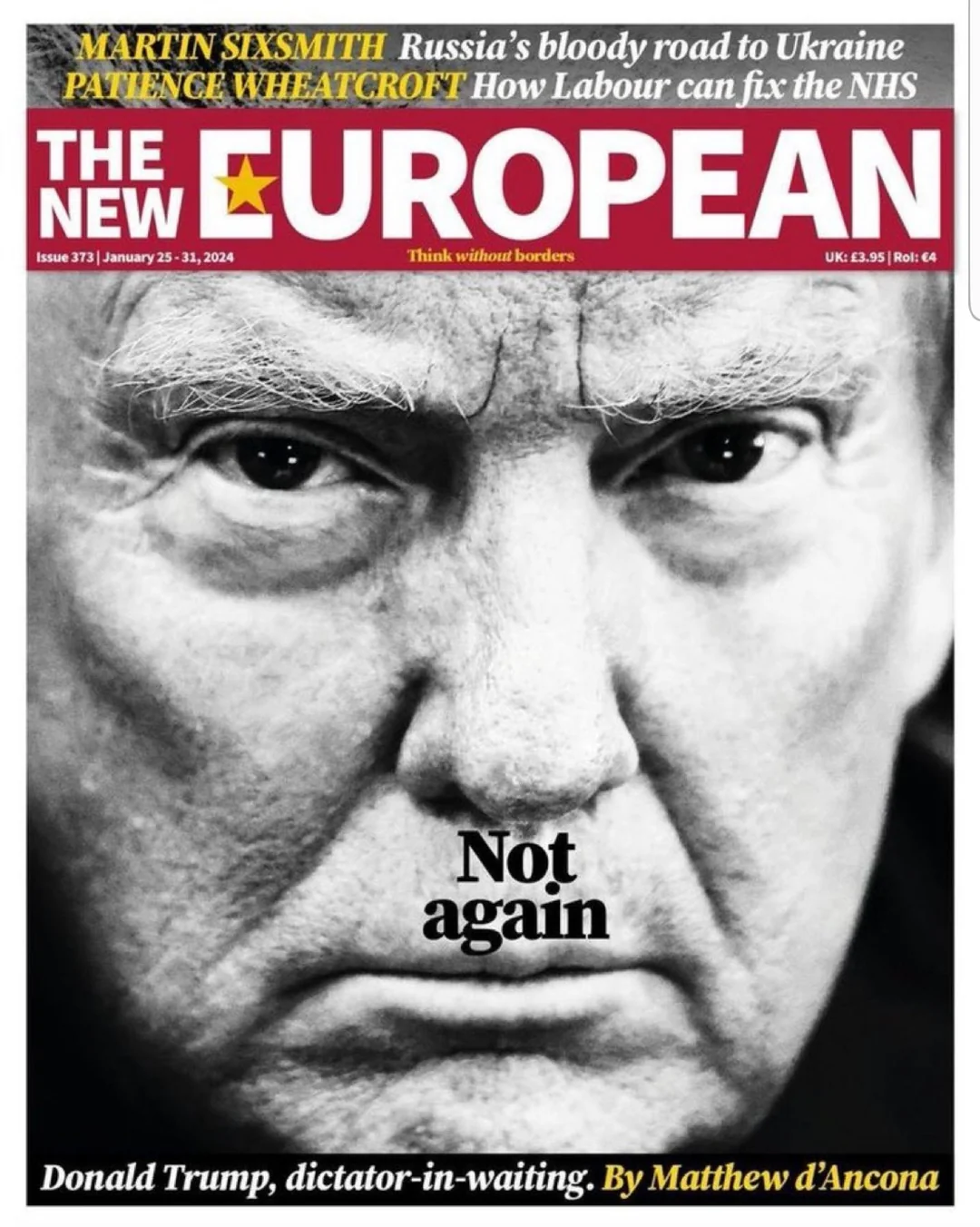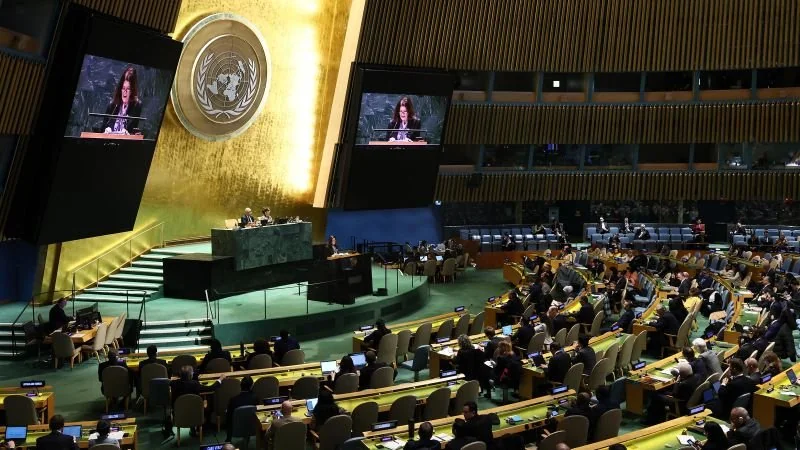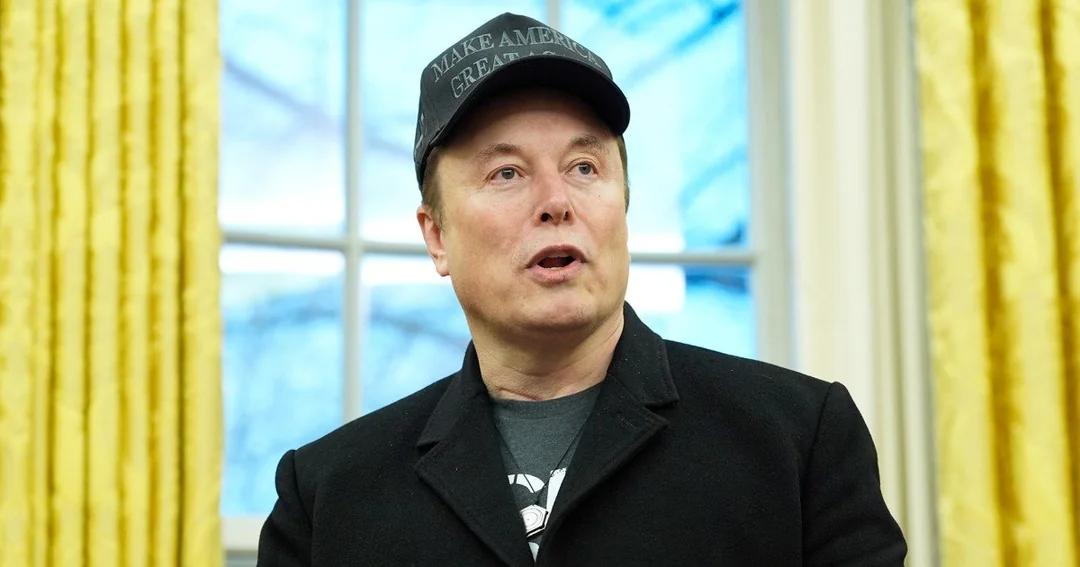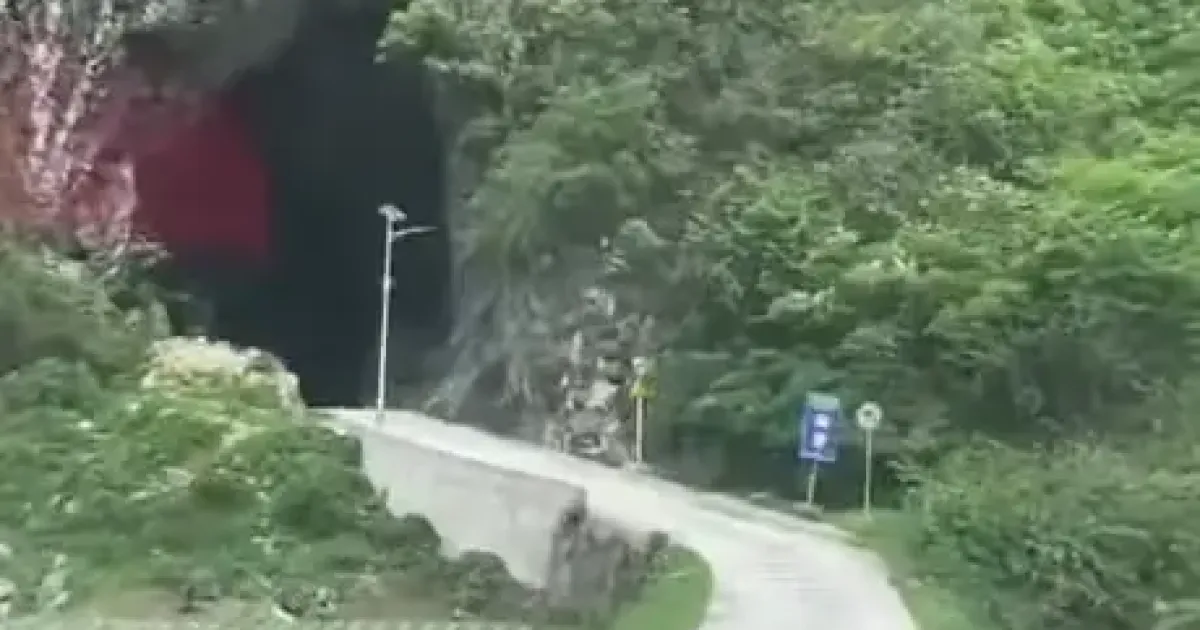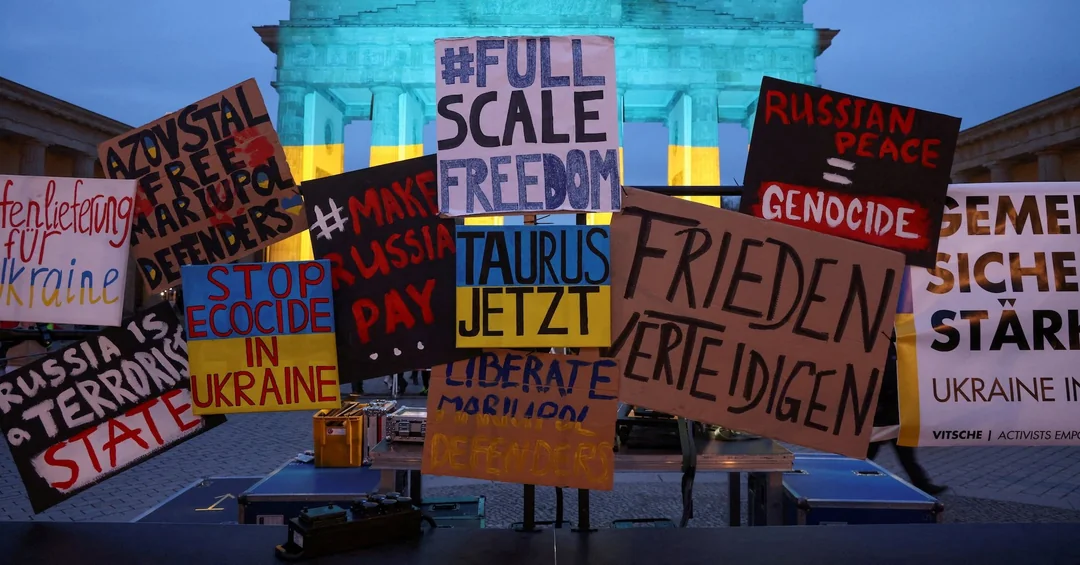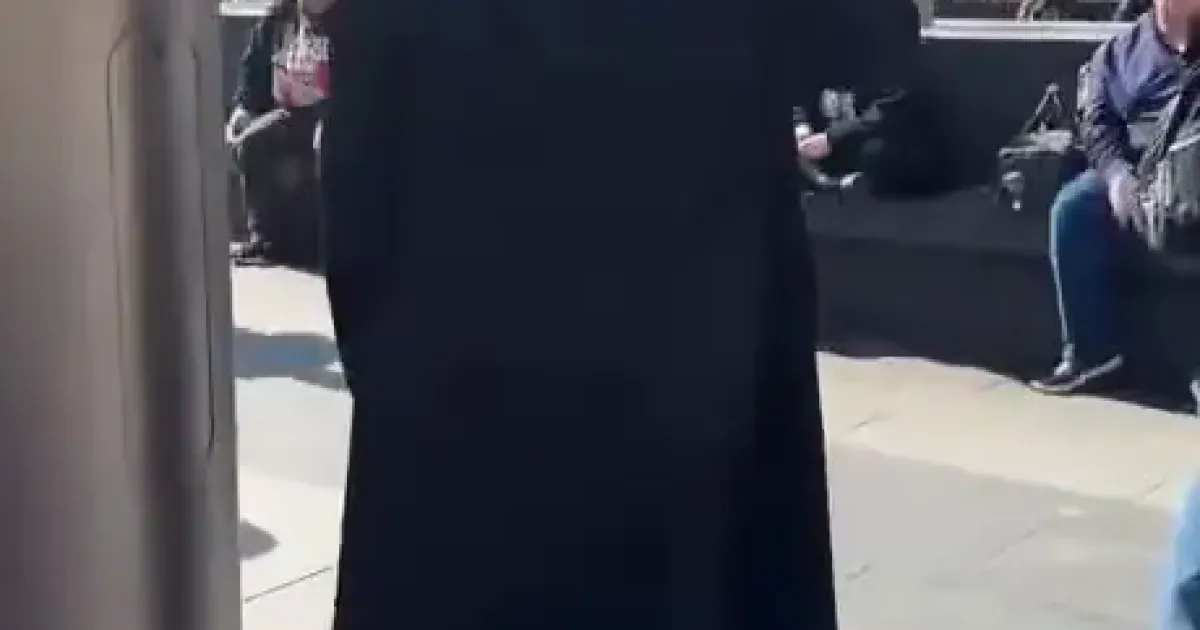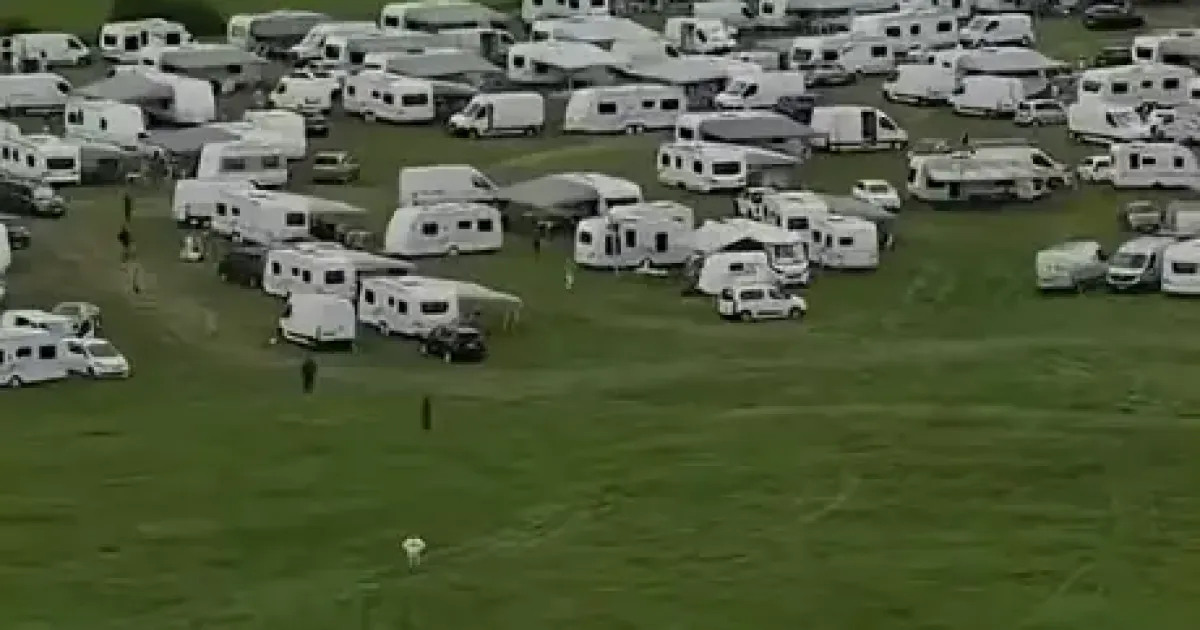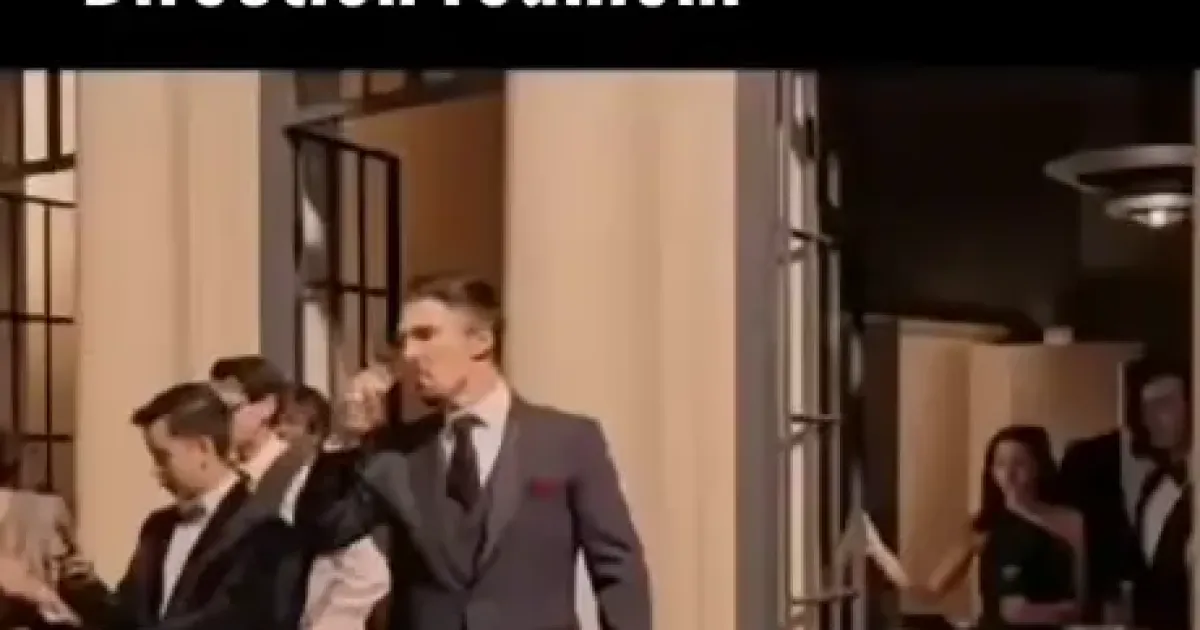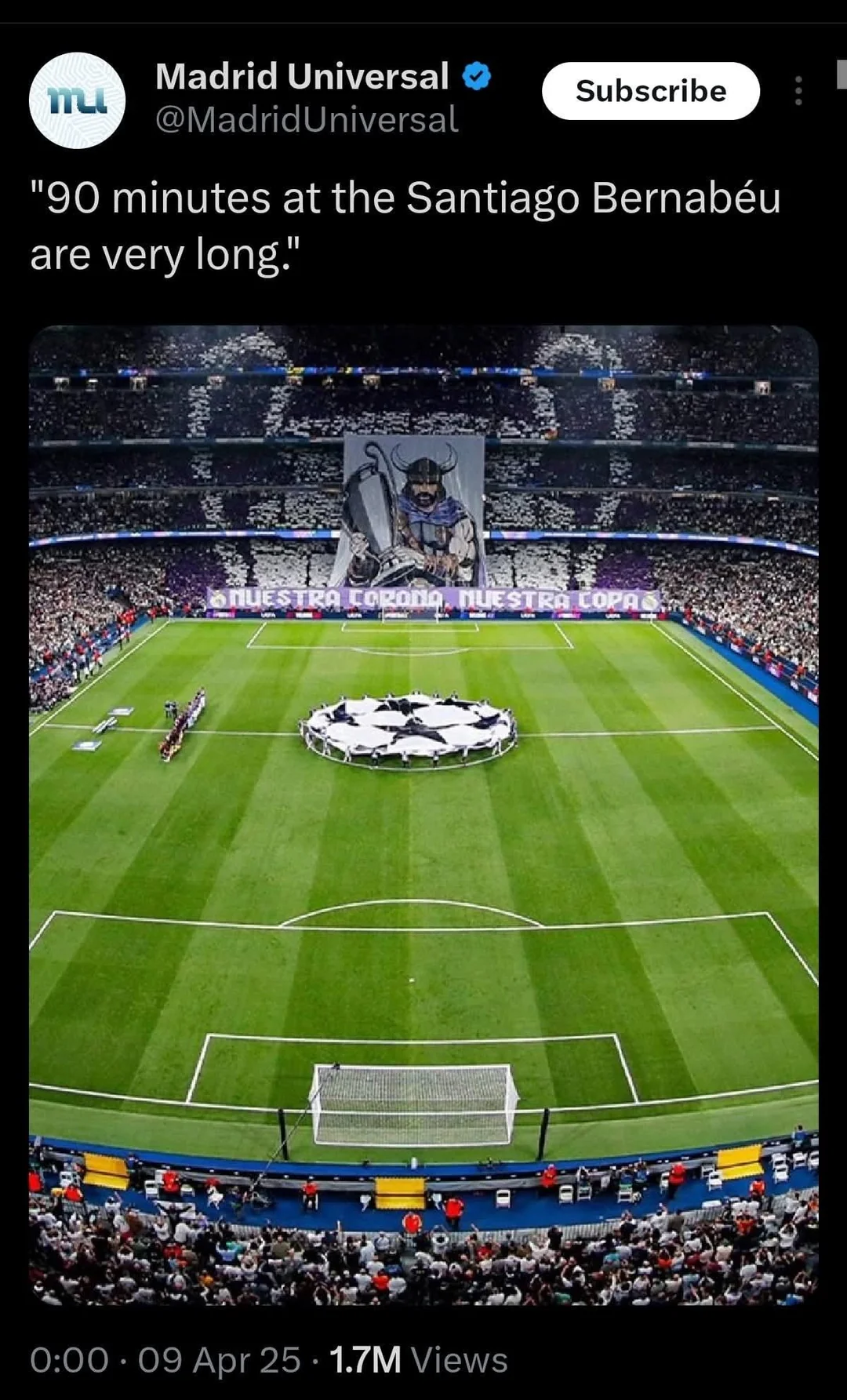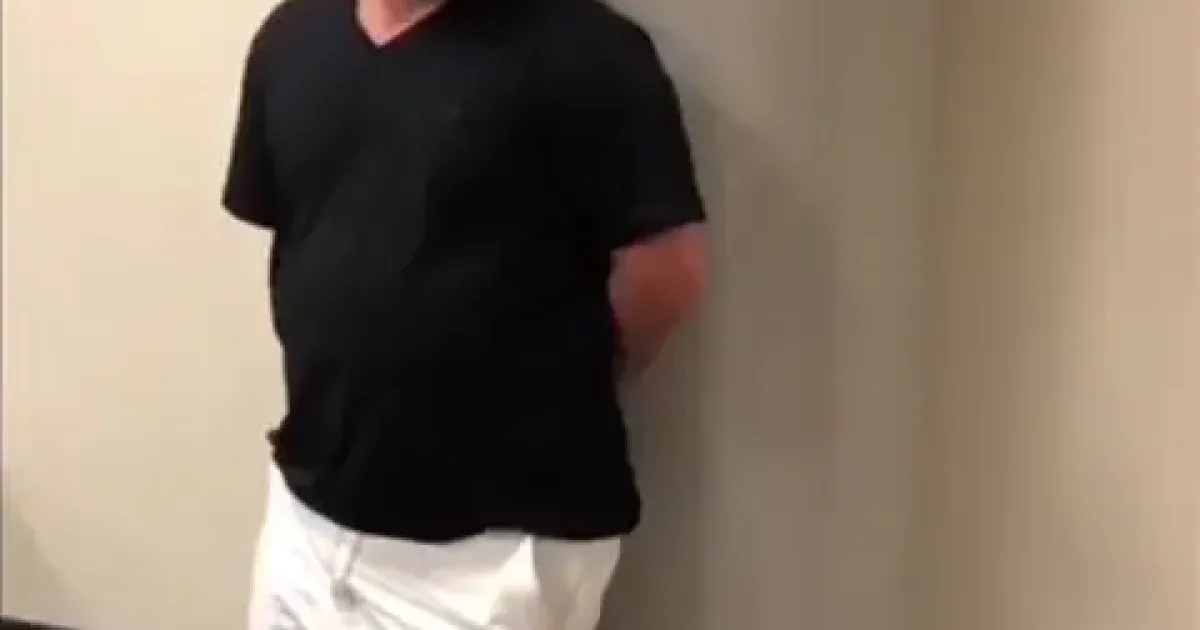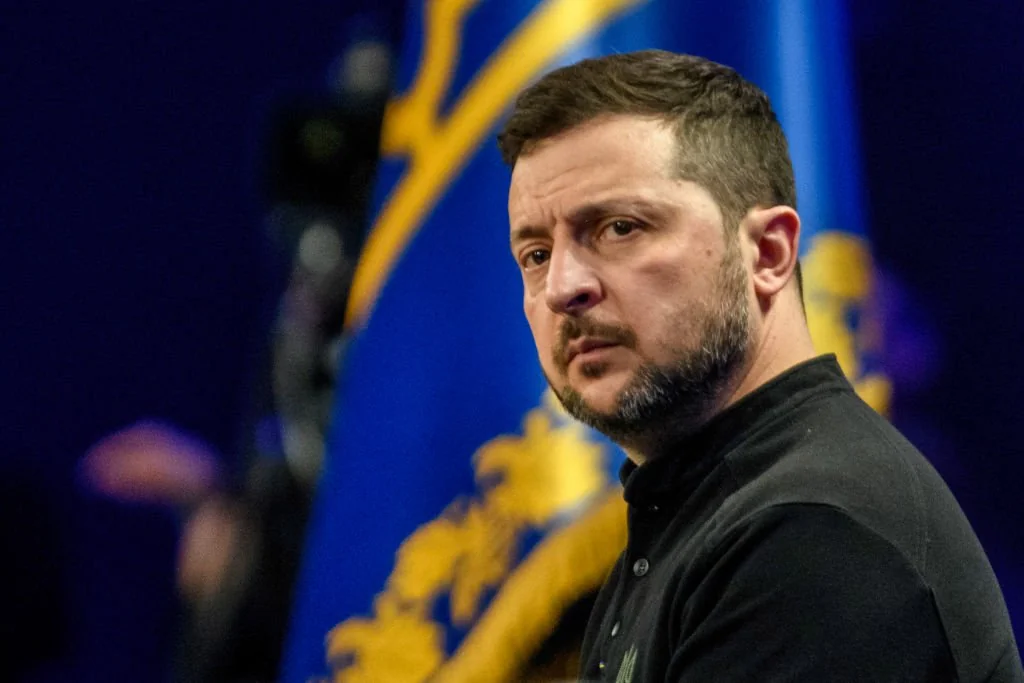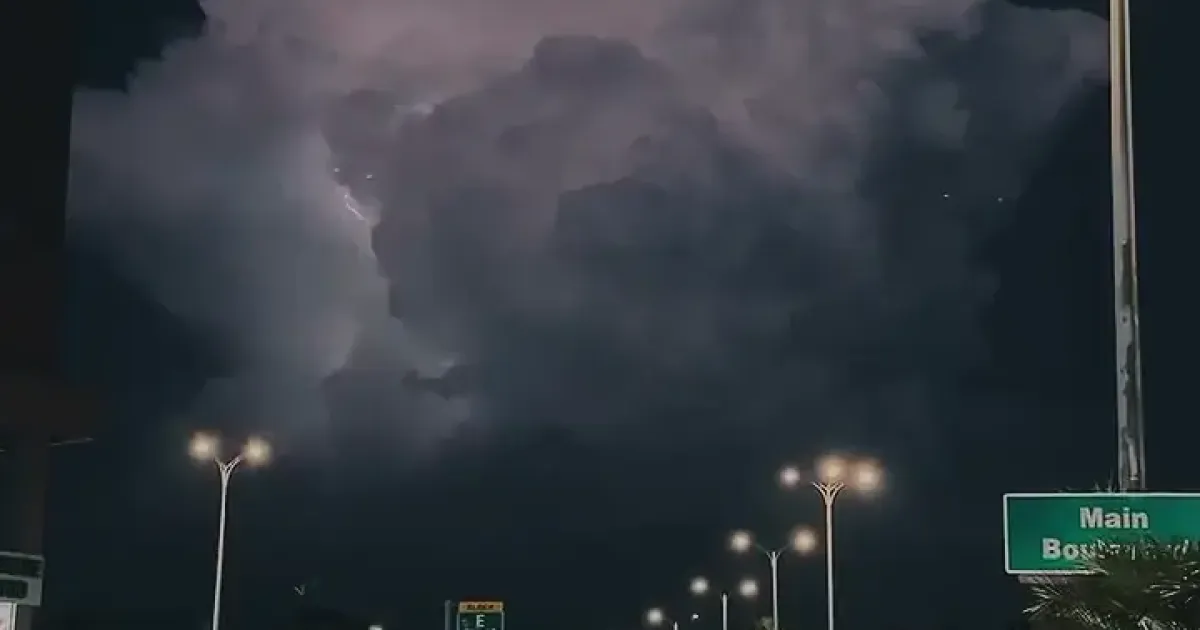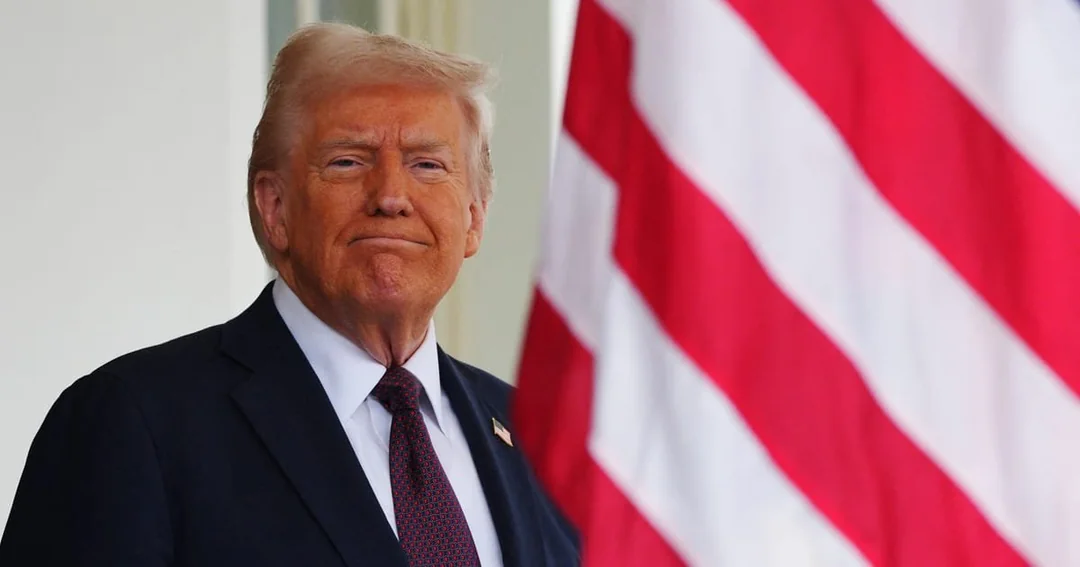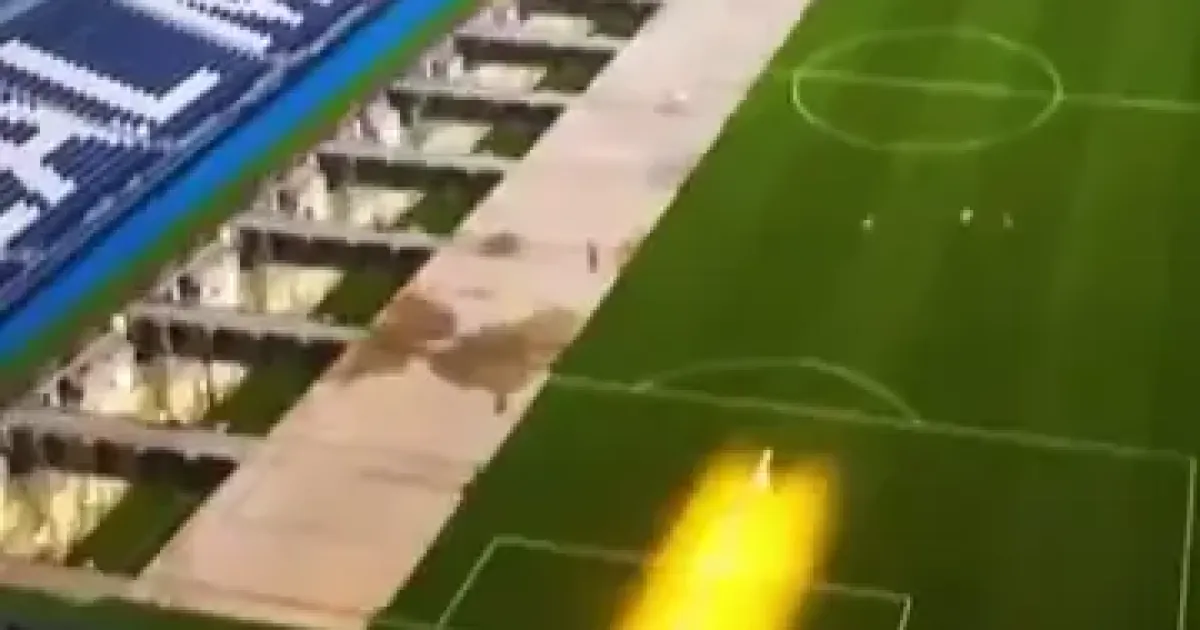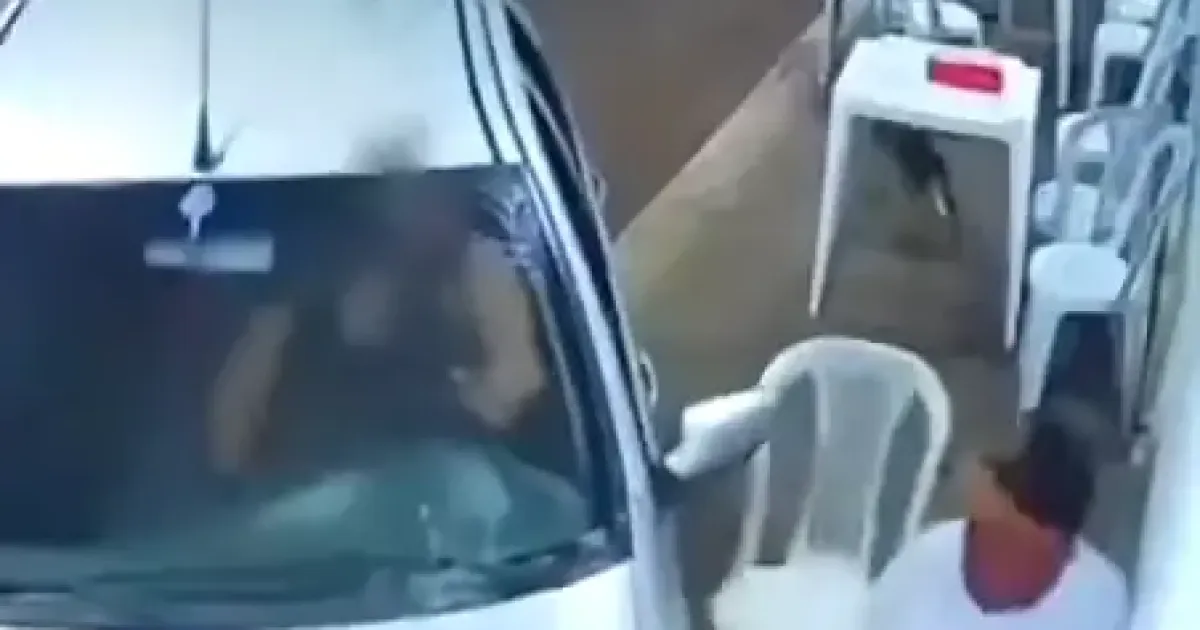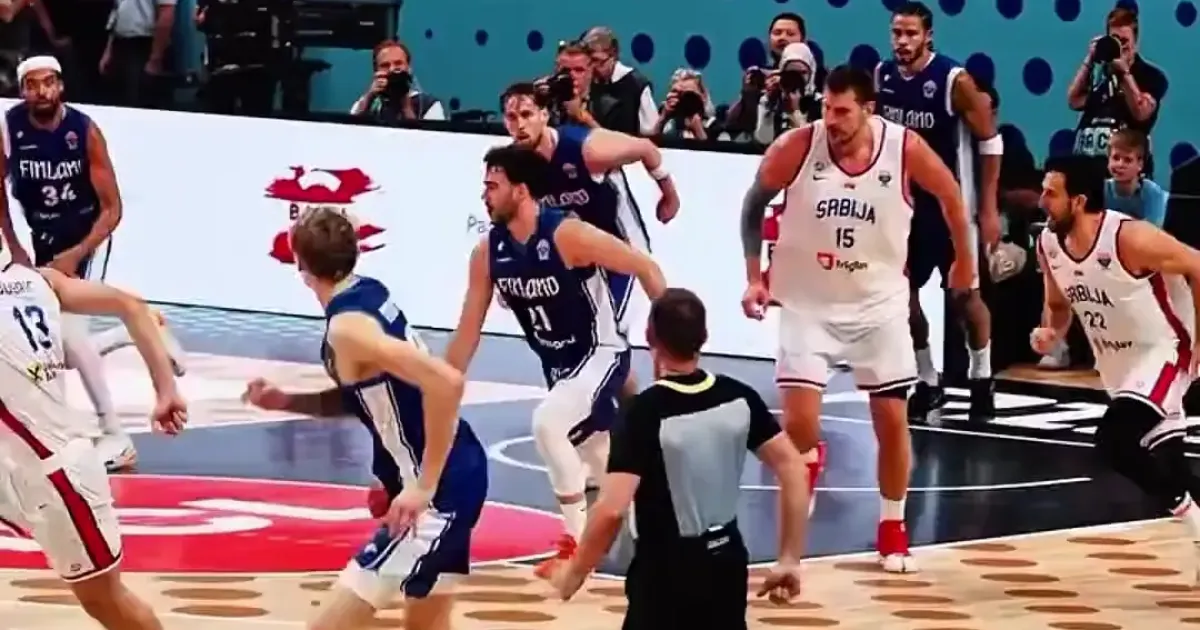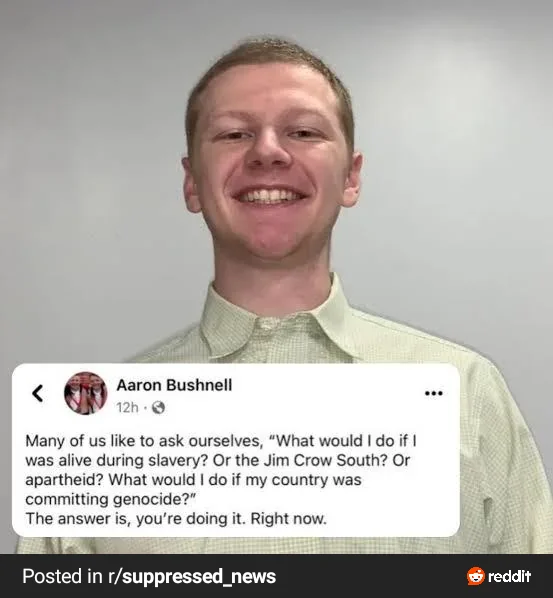
One year ago today, in protest against U.S. support for the genocide of Palestinians 25-year-old U.S. Air Force serviceman Aaron Bushnell.
Tragically ended his life by self-immolating outside the Israeli Embassy in Washington, D.C.
#EUA #Israel #Palestine #War #News #Protest
Read More...
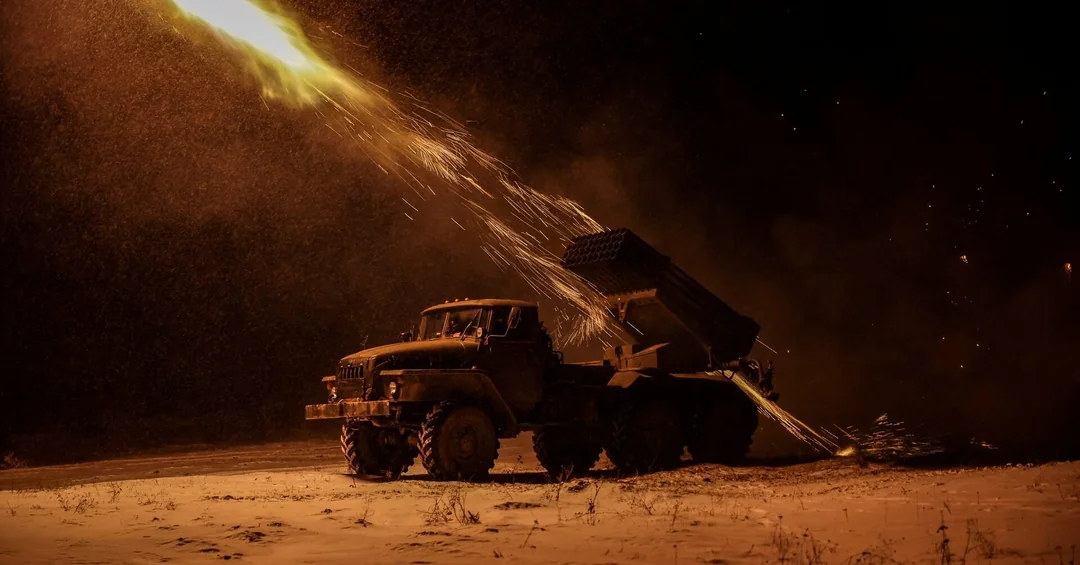
US pauses military aid to Ukraine, media reports
WASHINGTON, March 3 (Reuters) - The United States is pausing military aid to Ukraine days after U.S. President Donald Trump clashed with Ukrainian President Volodymyr Zelenskiy in the Oval Office, a White House official confirmed on Monday.
The official said the U.S. is pausing and reviewing aid to ensure it is contributing to a solution.
The pause will last until Trump determines the country's leaders demonstrate a good-faith commitment to peace, according to Bloomberg and Fox News reports.
#Ukraine #Reuters #News
Read More...
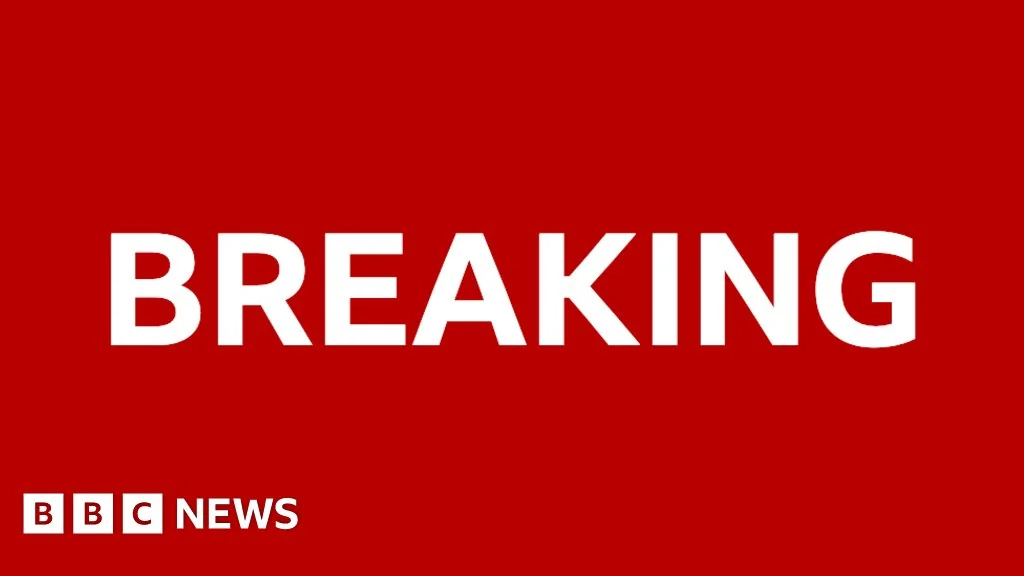
European stocks steady after US markets plunge
A sell-off in global shares eased in Europe on Tuesday following a sharp fall in US stocks that came as investors raised concerns about the negative economic impact of President Donald Trump's tariffs.
It followed the president saying in a TV interview that the world's biggest economy was in a "period of transition", when asked about suggestions of a potential recession.
Since those remarks were broadcast on Sunday, top Trump officials and advisers have sought to calm investor fears.
The US S&P 500 share index fell nearly 3% on Monday, but in Europe most of the major markets opened little changed.
#Europe #Stocks #US #BBC #News
Read More...
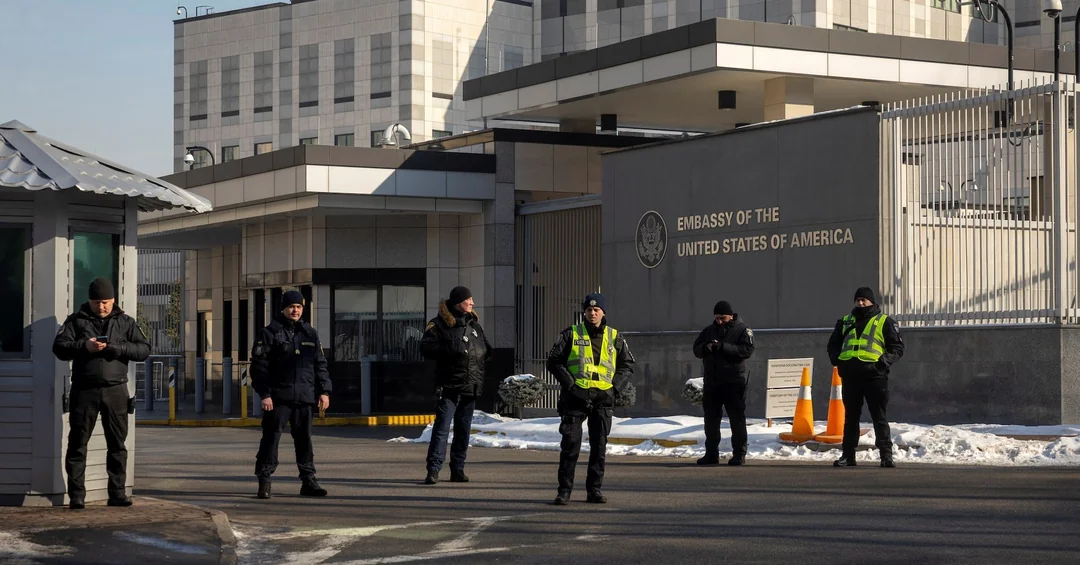
US cuts off intelligence sharing with Ukraine, FT reports
The U.S. has cut off intelligence-sharing with Kyiv, said CIA Director John Ratcliffe on Wednesday, in a move that could seriously hamper the Ukrainian military's ability to target Russian forces.
The decision to cut off intelligence-sharing and military aid to Ukraine starkly illustrates the Trump administration's willingness to play hardball with an ally to force it to the negotiating table.
U.S. President Donald Trump said on Tuesday he received a letter from Ukrainian President Volodymyr Zelenskiy in which the Ukrainian leader expressed willingness to come to the negotiating table over the Russia-Ukraine war.
#Reuters
#Russia #Ukraine #War
Read More...
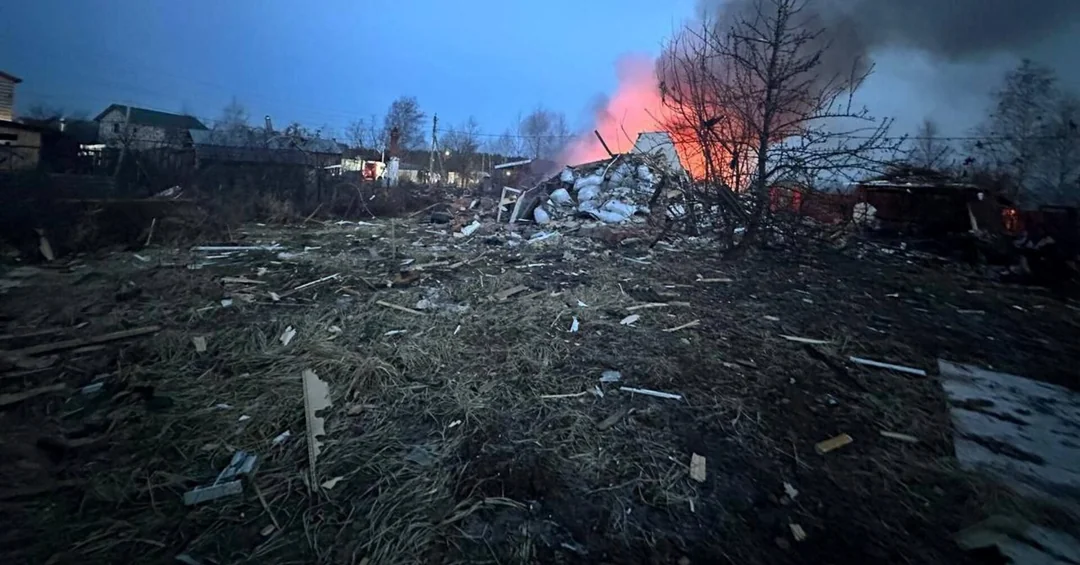
Ukraine's biggest drone attack on Moscow kills one, disrupts air and train transport
MOSCOW, March 11 (Reuters) - Ukraine on Tuesday launched its biggest ever drone attack on Moscow and the surrounding region, killing at least three employees of a meat warehouse, injuring 17 others and causing a short shutdown at the Russian capital's four airports, Russian officials said.
A total of 343 drones were downed over Russia, including 91 over Moscow region and 126 over the western region of Kursk where Ukrainian forces have been pulling back, as well as near the Kursk nuclear power plant, the defence ministry said.
#Russia #Ukraine #War #Reuters #News
Read More...
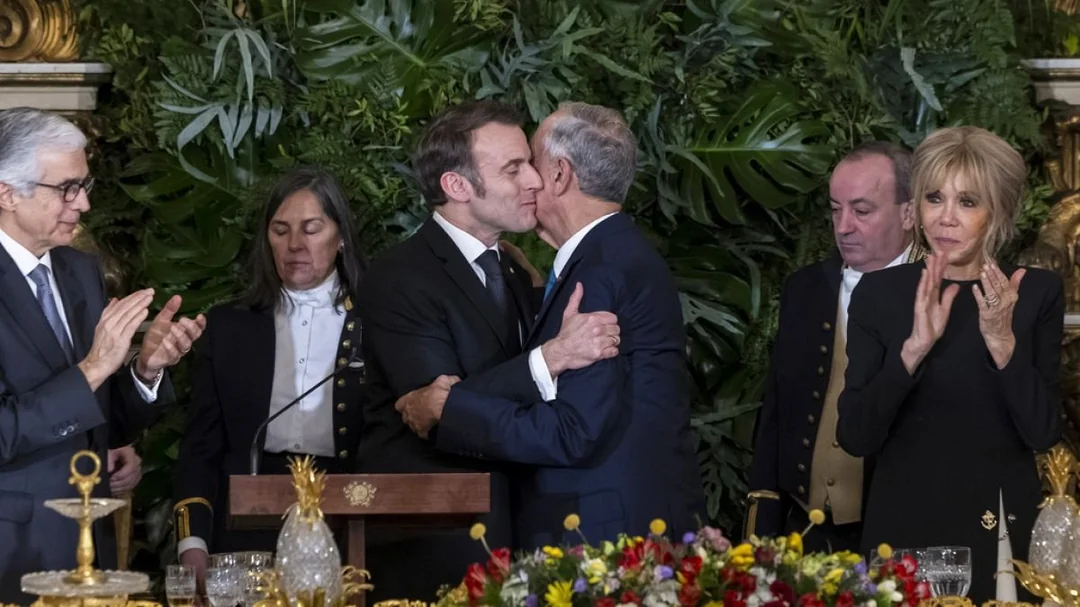
Macron says Ukraine is an 'existential' fight for Europe as he makes two-day state visit to Portugal
French President Emmanuel Macron began a two-day state visit to Portugal to strengthen bilateral ties and encourage European unity as the fate of Ukraine remains uncertain under an increasingly critical Trump administration.
French President Emmanuel Macron began a two-day state visit to Portugal on Thursday where he was greeted by Prime Minister Luis Montenegro.
Macron and his wife Brigitte received a welcoming ceremony outside the Jeronimos Monastery in the Portuguese capital, Lisbon. Macron was later welcomed by his Portuguese counterpart Marcelo Rebelo de Sousa after the ceremony.
The French president’s trip to Portugal looks to boost bilateral ties between Paris and Lisbon and deepen European unity in a period of uncertainty.
European leaders have been urging for increased unity and cooperation after a dramatic shift in Washington’s foreign policy following the return of Donald Trump to the White House.
#Macron #Ukraine #Europe
Read More...
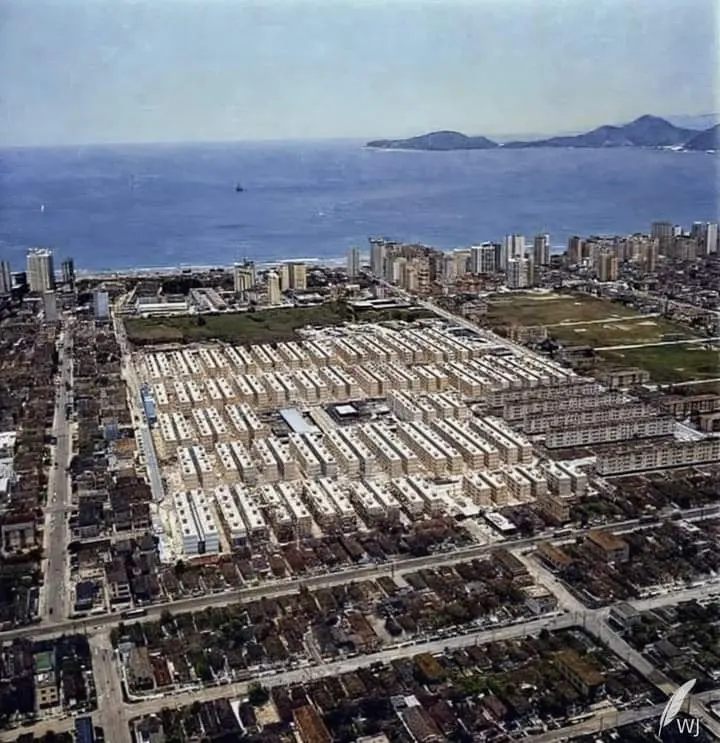
Eu só tenho uma magrela e um apê no BNH 🎵
Eu só tenho uma magrela e um apê no BNH 🎵
#CharlieBrownJr
O BNH de Santos- SP
Bairro de Aparecida, década de 70
O Conjunto Habitacional Marechal Humberto de Alencar Castelo Branco, mais conhecido como BNH (Banco Nacional de Habitação) foi idealizado por um consórcio de quatro cooperativas de trabalhadores para a construção de um conjunto habitacional de habitação coletiva.
Para o projeto arquitetônico foi aberto um concurso regional em 1967, coordenado pelo Instituto de Arquitetos do Brasil seção de São Paulo, do qual saiu vencedora a equipe do arquiteto Oswaldo Corrêa Gonçalves, formada pelos arquitetos Paulo Buccolo Ballario e José Wagner Leite Ferreira. O projeto resultou em 97 prédios de quatro pavimentos.
Em 1971 foram entregues as primeiras chaves.
Read More...
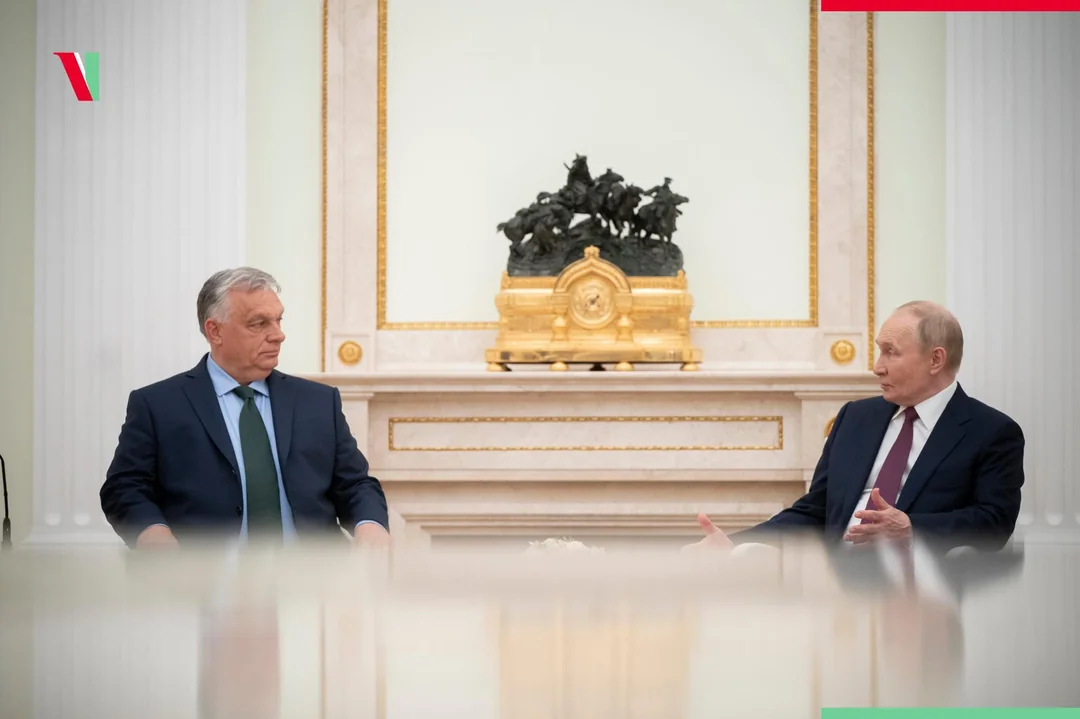
Since the outbreak of the war, Hungarian PM Viktor Orbán has paid Putin more than €15 billion for Russian gas and oil, becoming the biggest financier of the Russian war in the EU.
Since the outbreak of the Russian-Ukrainian war on 24 February 2022, Hungary has purchased gas and oil from Russia for a total of EUR 15.6 billion. According to data from the Centre for Research on Energy and Clean Air, an independent research institute in Finland, this makes the Orbán government the largest EU financier of Putin’s war. According to 444.hu, while many EU countries have drastically reduced their dependence on Russian energy sources, Hungary has taken a different path. Italy reduced its Russian gas imports from 43% in 2020 to 5% in 2024.
Austria announced it had found alternative routes, eliminating its dependence on Russian gas. Moreover, the Czech Republic and Poland had previously declared their independence from Russian gas. In contrast, Hungary has increased its gas imports from Russia to unprecedented levels.
#News #DailyNewsHungary
Read More...
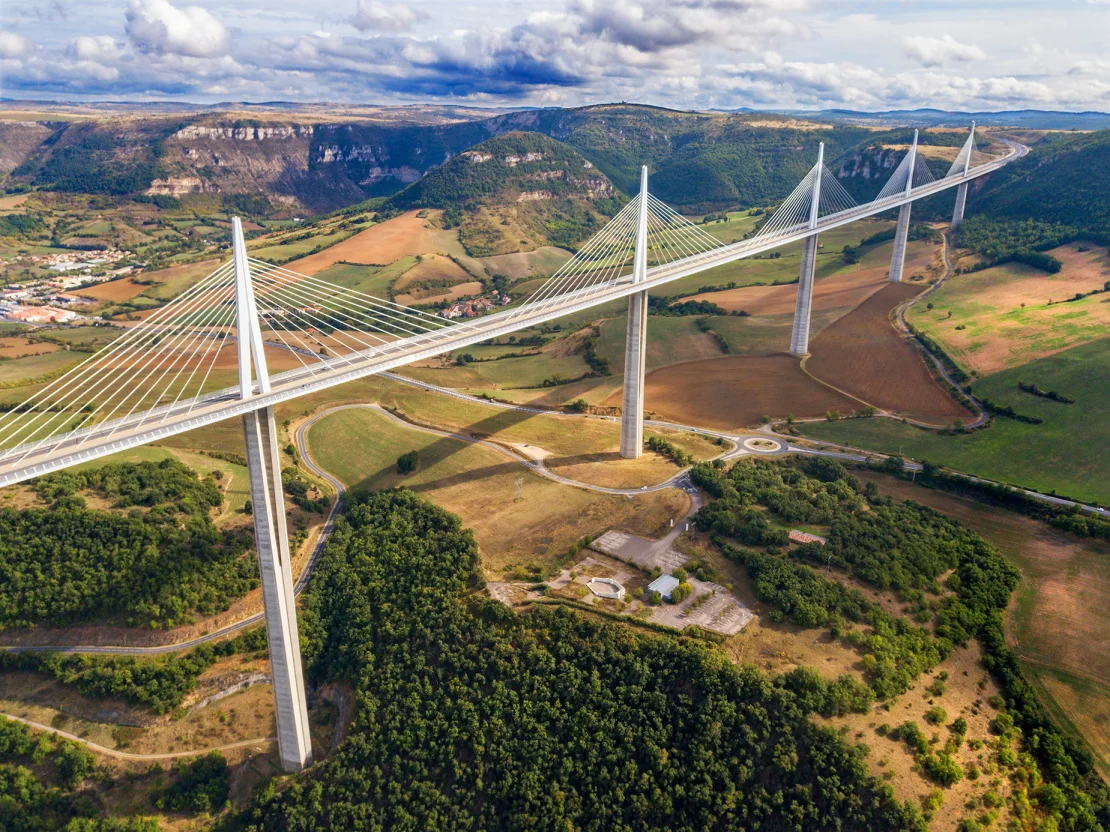
How the world’s tallest bridge changed the map of Europe
Soaring across the scenic landscape, it’s indisputably one of the most beautiful bridges in the world.
Often swathed by mist, so that it feels like crossing through clouds, it is so famous that it has its own visitor center, and people plan trips to the area solely to drive across it. The bridge can even be easily seen from space.
The Golden Gate? No. This is the Millau Viaduct, a perfect example of where engineering meets art. Cantilevered high over the Tarn gorge in southern France, and yawning 2,460 meters (8,070 feet) in length, the Millau Viaduct is the world’s tallest bridge, with a structural height of 336.4 meters (1,104 feet).
But not even those impressive statistics do it justice.
Unlike other famous bridges, which usually connect two points of similar altitude, the Millau Viaduct effectively becomes the opposite of a rollercoaster, plying a flat course across the valley, as the land ripples up and down underneath it.
The seven piers range from 78 meters to 245 meters (256-804 feet) in height, each calculated to the millimeter to make a perfectly smooth experience for drivers soaring across the Tarn. There’s a 342m (1,122ft) span between each pairing – large enough for the Eiffel Tower to slot in the gap. The piers are coupled with seven steel pylons, each 87 meters (285 feet) high, with 11 cable stays fanning out on either side. This all helps keep the “deck” – the road surface, which is around 14 feet thick and weighs 36,000 tons, or the equivalent of 5,100 African elephants – steady.
At the same time as being a work of absolute precision, it’s also beautiful. The Gorges du Tarn area is a protected landscape, yet instead of spoiling the view, the Millau Viaduct enhances it.
It’s a “wonder of the modern world” and an “engineering marvel,” says David Knight, director of design and engineering at Cake Industries and specialist adviser to the Institution of Civil Engineers.
“It’s that perfect interplay of architecture and engineering that means that everybody who sees it thinks it’s spectacular.”
Those living in the valley below look up with wonder; those driving across it – this road, the A75 from Clermont-Ferrand to Béziers, is one of the main north-south routes in France – see the gentle curve arcing across the landscape as they approach. “It gives everyone who uses it a sense of awe,” says Knight.
No wonder that for many, driving across the viaduct is something you travel to do, not something you do while traveling.
So how did this wonder of the modern world come to be built in the middle of France? Why did it take two decades to plan, before opening to traffic in December 2004? And how did it effectively change the map of Europe?
A bridge too far?
The answer to all those questions is geography. The Massif Central is a vast area of highlands cut by deep valleys and gorges, roughly located in the middle part of the bottom half of France. Sprawling across about 15% of the country, and bordered by the Alps to the east, it’s one of the obstacles anyone traveling from north to south of the country – or from northern Europe to Spain – must pass.
So important was this viaduct – but also so difficult – that it was two decades in the planning, according to Michel Virlogeux, the engineer who led the design team – and who first started work on it in September 1987.
“The first problem was not what bridge to build, but where the motorway would pass,” he says.
At the time the Massif Central was remote, despite its central location. There was a single-track railway line, and the roads “weren’t very good,” he says. “The central part of France couldn’t develop due to lack of transport.”
So in the 1980s, the French government decided to upgrade the road network, with then-president Valery Giscard d’Estaing deciding on a freeway. One of the aims was to unclog the notoriously choked road around Millau, where the road descended into the valley and crossed the Tarn river in the city center. Every day there were tailbacks of around 20 kilometers (12.5 miles) either side of the town.
“Going through Millau used to be a traffic blackspot for tourists,” says Emmanuelle Gazel, current mayor of Millau. “There were lots of traffic jams. There were kilometers and kilometers of tailbacks. It gave a very bad image of our area… in terms of pollution it was terrible. And locals took a long time getting from one point to another.”
In the words of Lord Norman Foster, who became the architect of the bridge, the area was “a valley of extreme beauty which had become one of France’s worst bottlenecks.”
The decision to build a bridge around Millau was taken in September 1986, says Virlogeux, who at the time was head of the large bridges division of the French administration. There was just one problem: the geography of the area meant there was no obvious solution. “We started looking where was possible, but many options were bad, and it took almost three years to find a solution,” he says.
One idea was to route the freeway east of Millau, keeping the road on the plateaus, with two suspension bridges to cross the valleys on either side. But that wouldn’t have allowed a connection with Millau – “the only big city between Clermont-Ferrand and Béziers,” says Virlogeux – which needed the economic boost.
So they called in the experts: geologists, geo technologists, road engineers and Virlogeux, who had already designed the Pont de Normandie – the 7,032-foot bridge spanning the river Seine in the northern region of Normandy.
The team’s first idea was to run west of Millau, bringing the road lower in altitude down into the valley, across a bridge at a lower level and up again to the plateau and then a tunnel. They were in the stages of planning when the team’s road engineer, Jacques Soubeyran, had a lightbulb moment.
“He asked, ‘Why are you going into the valley?’ and it was a big shock,” remembers Virlogeux. “The motorway was passing 300 meters above the river. I hadn’t even considered the possibility of passing at a high level. Immediately, I said we were being stupid. We started working on the idea of passing plateau to plateau.”
After just eight days they had detailed drawings of the rippling ground levels, as well as a possible altitude for a freeway snaking across it.
The importance of elegance
They knew where they wanted the viaduct – but what should it look like?
Virlogeux immediately knew that the best option would be a cable-stayed bridge. “Cable is the most efficient structure to carry a load, and you can have a very slender deck so it’s much better to look at,” he says.
Slenderness was important. There was already controversy about the idea of running a bridge through such a famous landscape. To avoid ruining the landscape, it had to “look very quiet.”
Getting the go-ahead took some years. The French government started a competition for the design of the bridge, and in 1996 the commission was won by a group led by Virlogeux as engineer (who had left his previous job a year earlier) and the UK’s Norman Foster – now Lord Foster – as architect. Foster calls their plan to span the valley, rather than the river, a “philosophical concept” that distinguished them from other competitors.
But with the local community up in arms at the idea of their area of natural beauty being spoiled, they face what Foster calls a “design challenge… to create something that would enhance the landscape, sit gently on the floor of the valley – to be the most delicate and light intervention.” Virlogeux says it had to be “pure and simple.”
Yet this precious landscape, which had to be protected aesthetically, was extremely difficult to work around.
“The wind forces at this level are huge and the columns have to accommodate the enormous expansion and contraction of the deck,” says Foster. And we’re not just talking a gentle bounce. The 2,460-meter (8,070-foot) bridge can expand or contract by 50 centimeters (1.6 feet) depending on the weather. Their solution was to add extension joints.
Luckily, while the old adage is that architects and engineers should be at loggerheads, and while you might imagine that two titans of architecture and engineering might clash, Foster and Virlogeux have nothing but praise for each other. Virlogeux says it was a “very easy” working relationship, while for Foster it was a “meeting of minds.” The team had twice-monthly meetings in London while working on the design. “He would ask me, ‘Why do you want this and not that?’ and after that he’d take a decision in five minutes,” says Virlogeux. “Once there was a major controversy about the shape of the deck. He asked me what I proposed, if I was sure it would work. Then he said, ‘OK – architecture must not go against scientific needs.’”
Above the road, the sturdy columns “split” into two more flexible arms, making an artistic statement out of an engineering necessity.
The same goes for the curve of the road, which gently arcs across the valley. It’s not just beautiful; it ensures that there’s no visual overlap – and therefore confusion – for drivers at such a great height. Meanwhile the piers become slimmer as they rise towards the roadway, more or less halving from 24 meters wide at the bottom to 11 meters at the top.
Their design for a cable-stayed bridge with seven elegant piers marching across the landscape and what Foster calls “the snake of a road, improbably thin like a razor blade,” has stood the test of time.
The anxious build
If the design wasn’t challenging enough, then came the construction which started in October 2001. The project cost a cool 400 million euros ($437 million) and was financed by Eiffage, a private construction company which still has the concession for the bridge today. There were 290,000 tons of steel and concrete used to build it, and around 600 builders working on it.
“The huge challenge is what happens when you build it,” says Knight. “As you put the weight in different locations, it moves in different directions. There are different materials interacting with each other – this is as difficult as engineering gets.”
Foster calls the assembly of the deck “a true challenge.”
“It was serenely and slowly launched simultaneously from both sides over the temporary structural supports, meeting in the middle with millimeter precision.”
Virlogeux remembers the “critical wind situation” which risked damaging the structure during the build. Each “launching” operation – during which the deck was installed from both sides – would take up to three days, so they had to monitor the five-day forecast before starting out, to avoid causing damage before the deck reached the next pier.
It was only as the viaduct was put into place that the team could see if their design had worked – from an aesthetic point of view as much as an engineering one.
Every detail had been considered for its potential effect on the landscape, as well as whether it could resist the forces at that altitude.
Foster says that the first time he went to see it, “I was anxious to the point of almost being physically ill.” He had “agonized” over the color of the 154 cable stays – if they were light, they’d blend in with the sky but stand out against the landscape. He went with white – “but the agony was that I wouldn’t know if it was the right decision until it was built – and then it would be too late to change it.”
Luckily for him, the white worked. “I was almost sick with apprehension, but I remember arriving in a car and the bridge gradually coming into view and finally realizing that it was, after all, the right decision.”
Virlogeux was more sanguine. For him, the greatest challenge was overcoming local opposition to be able to build. Getting the contract signed, he says, was the most stressful part. Signing it was “the moment I knew we would build it.”
President Jacques Chirac came to open the bridge and shake hands with the construction workers. Two days later, Virlogeux drove across it on his way back to Paris.
Bridging local hearts and minds
The viaduct may have been controversial when it was first mooted, but local hostility started melting away once it became clear what the project would look like.
“People thought that creating a bypass would mean tourists could avoid Millau and the town would empty out,” says Gazel, the mayor. “Some people thought that it would spoil our landscape, but actually it magnified it.” And it attracted visitors – in its first year alone, 10,000 cars would stop every weekend at the service area to take in the view.
Suddenly, going from the north to south of France, and on from northern Europe to Spain (or vice versa) was an easy experience.
Foster says he was “delighted” at the residents’ change of heart. “A bridge is about communication in the widest sense, not just connecting two plateaus but also linking people,” he says.
Today, the viaduct “has brought lots of tourists to discover Millau,” says Gazel.
“Many come for the viaduct, but discover all the other facets of our area. Others are traveling on vacation and stop off. Millau isn’t a blackspot anymore. It has become a destination – tourists choose to visit Millau, and they no longer have to endure the terrible tailbacks. So it didn’t empty out the town; on the contrary.”
As well as being an area of outstanding natural beauty, there is history around Millau. In Roman times, it was famous for its pottery, which was exported all around the empire, from northern Africa to England.
Visitors can walk around the base of the famous piers, or take a boat ride under the viaduct.
A long future ahead
Today, as it approaches its 20th anniversary, the Millau Viaduct is still going strong. Virlogeux says he’s “confident… it can resist a long time.” Where he is still, to this day, working on the Normandy Bridge, which needs regular maintenance, he stopped working on Millau a long time ago.
Each year it saves around 40,000 tons of CO2 emissions from heavy goods vehicles alone, according to Foster’s figures – the equivalent of 40,000 trees absorbing emissions over 40 years.
Gazel says the viaduct – which is part of the A75 autoroute – has changed the image of her town.
“It put us on the world map – when I say I’m mayor of Millau, it doesn’t matter where I am in the world, everyone knows Millau, thanks to the viaduct,” she adds. “The architectural and technological prowess, 20 years on, is still innovative – still extraordinary.”
Read More...
